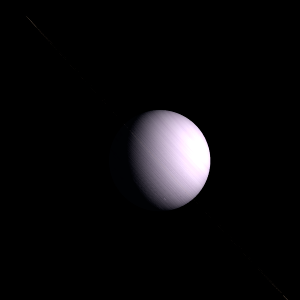|
|
Space Astro
|
Info for exoplanet "Napan Briel"
| Scientific (actual) data |
|---|
| Name | HD 95089 c |
| Planet status | Confirmed |
| Mass sini | 3.97 |
| Orbital period | 1860 |
| Orbit eccentricity | 0.294 |
| Discovered | 2010 |
| Updated | 2018-11-16 |
| Omega | 74.6 |
| Tperi | 2455490 |
| K | 46.1 |
| Publication | Published in a refereed paper |
| Detection type | Radial Velocity |
| Mass measurement type | Radial Velocity |
| Star name | HD 95089 |
| Right ascension | 164.7° |
| Declination | 1.73° |
| Mag v | 7.92 |
| Star distance | 139 |
| Star metallicity | 0.05 |
| Star mass | 1.58 |
| Star radius | 4.9 |
| Star sp type | K0 IV |
| Star age | 2.5 |
| Star temperature | 5002 |
| Wikipedia article | HD 95089 c |
Back
| |
| Fictional info (?) |
|---|
| Suggested name | Napan Briel |
| Planet type | Cold planet |
| It may have had hydrogen chloride oceans in the past, but these would have vaporized as the temperature rose due to a runaway greenhouse effect.
It was the one of the first exoplanets visited by a spacecraft, and one of the first to be successfully landed on.
The outer atmosphere is visibly segregated into several bands at different latitudes, resulting in turbulence and storms along their interacting boundaries. |
| Atmosphere | Nitric oxide | 67% |
| Helium | 23% |
| Hydrogen chloride | 8.9% |
| Sulfur dioxide | 0.15% |
| Nitrogen | 0.03% |
| Molecular hydrogen | 0.012% |
| Atmospheric pressure | 1 bar |
 |
| No known satellites |
| Google search for Napan briel |
|
Website by Joachim Michaelis
|
|
|
|